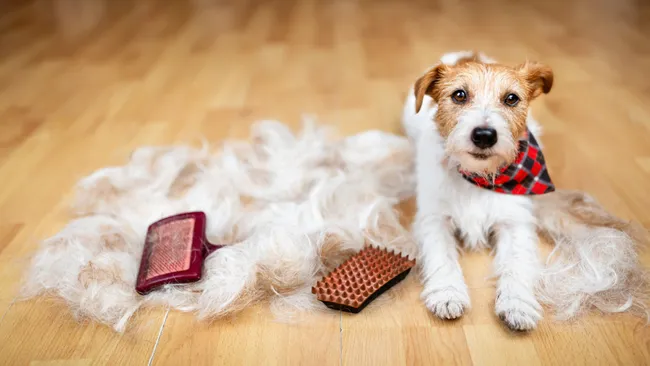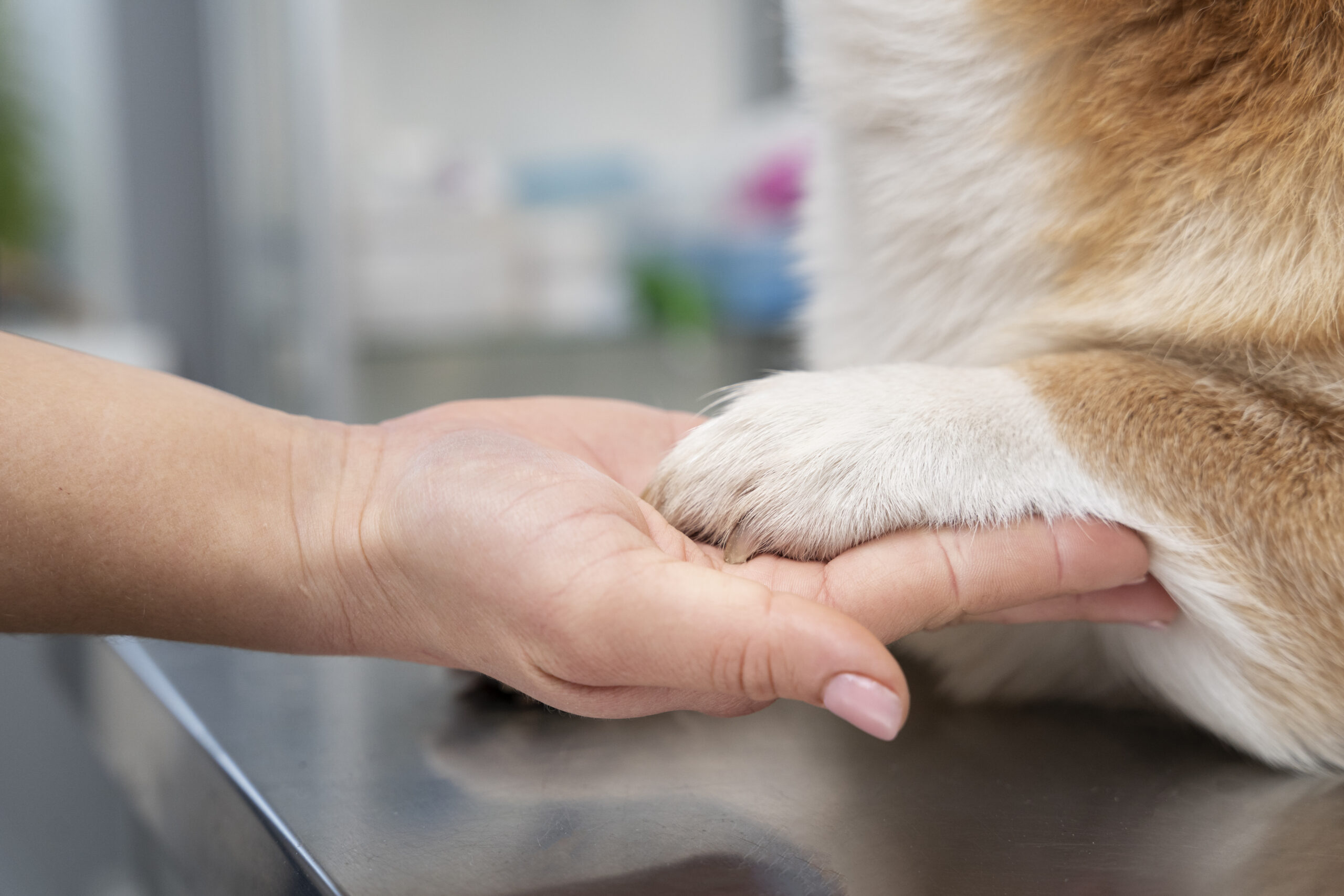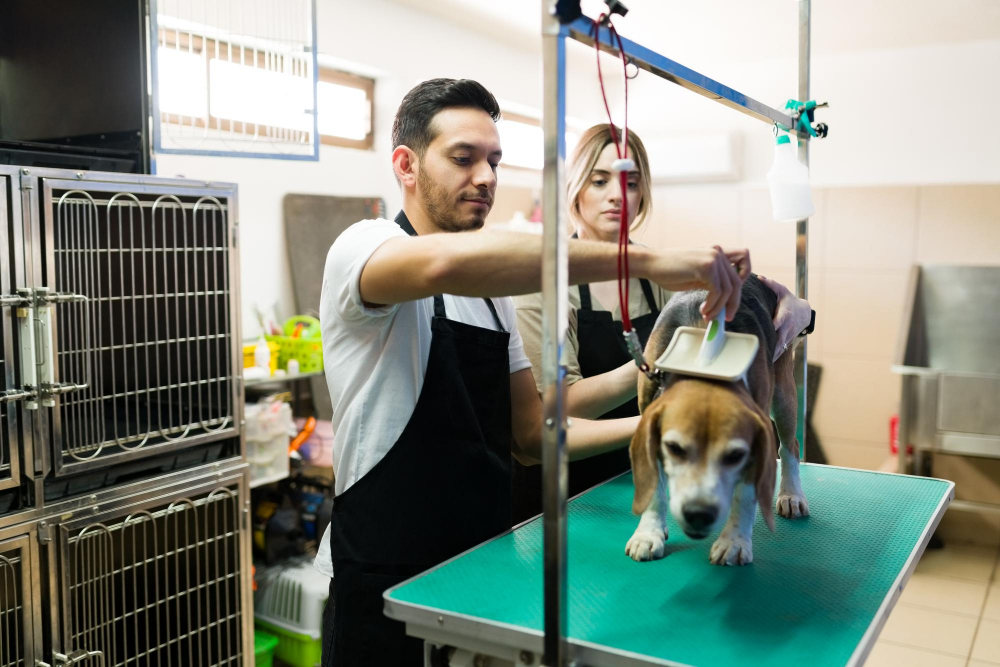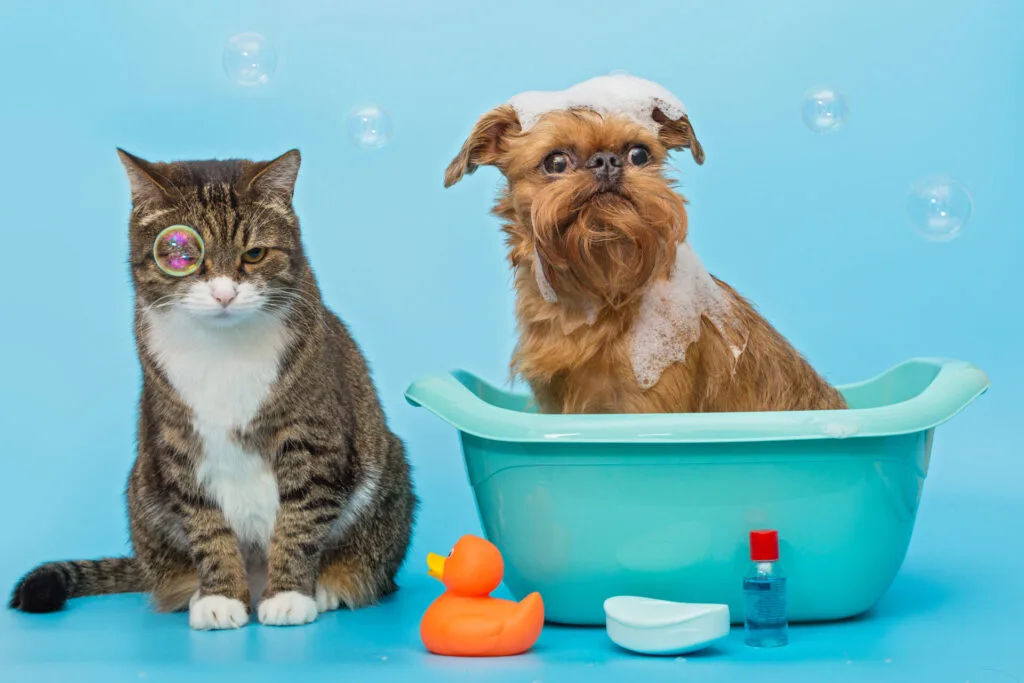Most pet parents have their own bath-time battle stories. We gather gloves, special shampoos, and all the courage we can—but one common mistake still happens. We treat a cat bath the same way as a dog bath. The truth is, they’re worlds apart. While most dogs can tolerate and even enjoy water, cats are naturally resistant to it. To succeed, you need two very different approaches—one for cats and one for dogs.
In this guide, we’ll break down the major differences between bathing a cat and a dog, including their skin care needs, behavior during bath time, and the correct grooming techniques. You’ll also discover practical pet bathing tips, along with tried-and-true cat grooming tips and dog grooming practices to make the experience safer, smoother, and less stressful for both you and your pet.
Why Baths Matter – Even for Cats
Many people assume that cats never need a bath because they are excellent self-groomers. A healthy short-haired cat can spend hours licking and cleaning its fur, which usually keeps them fresh and tidy without human help. For most cats, this natural grooming is enough.
However, there are situations where a proper cat bath becomes necessary, such as:
- When their fur is coated with grease, poop, or sticky substances.
- If they have a skin condition requiring medicated shampoo.
- When older, overweight, or sick cats can no longer groom themselves effectively.
- In cases of flea or tick infestations that require special treatment.
Dogs, on the other hand, are very different. They love outdoor activities, but this means they’re more likely to bring home dirt, odors, and grime. That’s why regular dog baths are a key part of proper dog grooming.
Still, balance is important. Bathing your dog too frequently can strip away the natural oils in their coat, leading to dryness, itchiness, and irritated skin.
Key Differences: Dog vs Cat bathing
Here’s a side-by-side look at core differences and how they impact your approach:
Factor | Dogs | Cats |
Skin thickness & sensitivity | Generally more resilient; tolerates a bit more manipulation | Much thinner, more delicate skin – prone to tearing or irritation if handled harshly |
Tolerance for water / handling | Many dogs accept water (especially breeds accustomed to grooming) | Most cats are highly water-averse and have low tolerance for restraint or force |
Behavioral demeanor | You can often rely on training, cues, treats, and habituation | Cats have a “limit timer”-once they hit stress threshold, they may shut down or lash out |
Grooming frequency | Needs relatively regular bathing (1–4 weeks depending on breed, activity) | Baths are needed rarely, unless specific conditions require them |
Tools, shampoos, and safety | Can use grooming tools matched to coat type, dog-safe shampoos, blow dryers | Must use cat-safe products (some dog products are toxic to cats), gentler tools, minimal restraint, often two handlers |
This is why most pet groomers think bathing a cat is more dangerous. A cat’s skin is very thin and can tear easily. Their claws are sharp and can cause bad scratches. Also, cats can get extremely stressed very quickly.
Best Practices: Bathing a Dog
Bath time doesn’t have to be stressful—for you or your furry friend. With the right approach and some simple dog grooming tips, you can make the process smooth, safe, and even enjoyable. Here’s a practical step-by-step guide:
- Brush First & Gather Supplies
Before the bath, brush your dog to remove loose hair and tangles. This prevents mats from tightening when wet. Gather everything you’ll need in advance: dog shampoo, towels, a non-slip mat, and of course, treats for good behavior. - Use Lukewarm Water
Always use lukewarm water. Too hot or too cold can make your dog uncomfortable. Avoid spraying directly into their face—gentle water pressure works best. - Apply Shampoo Carefully
Lather dog shampoo gently, starting from the neck and working down the body and legs. Be extra careful around sensitive areas—eyes, ears, and nose. If the shampoo instructions say to let it sit for a minute, follow that for best results. - Rinse Thoroughly
Rinse your dog from head to tail, making sure no shampoo is left behind. Leftover soap can cause skin irritation, itchiness, and dryness. - Dry Completely
Start with a towel to remove most of the moisture. Then, use a pet dryer on a cool, low setting—or let your dog air-dry naturally. Make sure the fur is fully dry to prevent matting. - After-Bath Care
Once dry, brush your dog’s coat again if needed. Check inside the ears and between the paws to ensure no moisture is trapped. End bath time on a positive note—lots of praise and a treat for being such a good pup! - Bathing Frequency Tip
- Dogs with oily coats or who play outside often: every 1–2 weeks.
- Dogs with dry skin or during colder months: every 3–4 weeks is enough.
Best Practices: Bathing a Cat
Bathing a cat is very different from bathing a dog—it requires extra caution, patience, and preparation. Most cats dislike water, so your goal is to keep the process as quick, safe, and stress-free as possible. Here’s a step-by-step guide:
- Choose the Right Time and Place
Pick a quiet time, ideally after your cat has eaten or played, so they’re calmer. A sink or shallow tub works best. Place a rubber mat to prevent slipping, and keep the room peaceful with minimal noise. - Gather Your Supplies
Have everything ready before you begin: cat-safe shampoo, a soft washcloth, and plenty of towels. If possible, ask another person to help—one can gently hold the cat while the other does the washing. - Handle Your Cat Gently
Never restrain your cat too tightly. Keep your hold calm and secure but gentle to avoid increasing stress. Having a second person makes this step much easier. - Wet the Fur Carefully
Use a small cup or a gentle sprayer to wet your cat’s fur. Avoid pouring water directly on the head, ears, or face—these areas are very sensitive. - Apply Shampoo Softly
Put a small amount of cat shampoo on your hands and massage it gently into the fur. Start at the body and move toward the tail. Avoid scrubbing hard, as a cat’s skin is delicate. - Rinse Thoroughly
Rinse with clean water until all shampoo is gone. Any leftover soap can cause irritation and itching. - Dry Your Cat Gently
Wrap your cat in a soft towel to absorb moisture. While some cats tolerate a hair dryer on the coolest setting, most do not—so monitor their comfort level and stop if they get stressed. - Reward and Observe
Offer a treat and quiet praise once the bath is over. Allow your cat to retreat to a safe, comfortable spot to finish drying. Keep an eye on them afterward to ensure they’re calm and their skin looks healthy.
When to Get Professional Help?
If your cat gets very upset, has health issues, or is simply too difficult to handle, it’s safest to take them to a professional cat groomer or a vet. These experts know special techniques to keep your cat safe and calm during the bath.
Shared Tips & Pitfalls to Avoid (for Both Cats & Dogs)
- Always use pet shampoo – Human shampoo is too harsh for your pet’s skin.
- Protect their face – Clean their face with a damp cloth and avoid getting soap in their eyes or ears.
- Brush before and after – This helps remove loose hair and prevents painful mats.
- Check the water temperature – Use warm water that is comfortable to the touch.
- Be patient and go slow – This keeps your pet calm and prevents accidents.
- Check for cuts first – Do not bathe over open wounds unless your vet approves.
- Dry your pet thoroughly – Be sure to dry skin folds and their belly completely.
- Watch for reactions after – Itching or unusual behavior might mean the shampoo irritated their skin.
Conclusion
- You cannot groom cats and dogs the same way. Cats need much more gentle handling and special cat-safe products.
- Dogs usually need baths more often than cats. Bathing any pet too much can harm their skin.
- Always plan ahead for grooming. Get all your tools ready, brush your pet first, and pick a quiet time.
- If you are unsure, ask a professional for help. This is especially important for cat grooming, where expert training makes a big difference.
When you understand how cats and dogs are different, bath time gets much easier. Using the simple tips from this guide will make grooming safer, gentler, and more successful for everyone.
For pet owners, this information will help you prepare for your appointment at The Groomer. You will know what to expect and how to work with our grooming team to get the best results for your pet.
FAQs
How often should I bathe my dog?
It depends on your dog’s breed and lifestyle. Active or oily-coated dogs may need a bath every 1-2 weeks, while others may only need one every 3-4 weeks.
Does the Groomer in Abu Dhabi groom cats as well as dogs?
Yes, our professional team is specially trained to handle both cats and dogs, using safe and gentle techniques suited for each pet’s needs.
Do cats really need baths?
Most cats clean themselves, but a bath is needed if they get into something sticky, have fleas, or are unable to groom themselves properly due to age or illness.
Why is bathing a cat more difficult than bathing a dog?
Cats have thinner, more delicate skin, a strong fear of water, and can become stressed very quickly, which makes the process more challenging.
Why should I take my cat to a professional groomer at the Groomer?
Our groomers are experts in reducing cat stress, use cat-safe products, and have the skills to prevent injuries, making the experience much safer for your pet.
Recent Post

Top Benefits of Choosing Professional Mobile Pet Grooming in Dubai and the UAE

5 Grooming Habits That Help Reduce Shedding at Home

Desert Paw Care – Protecting Your Pet’s Feet & Pads in the UAE Heat



